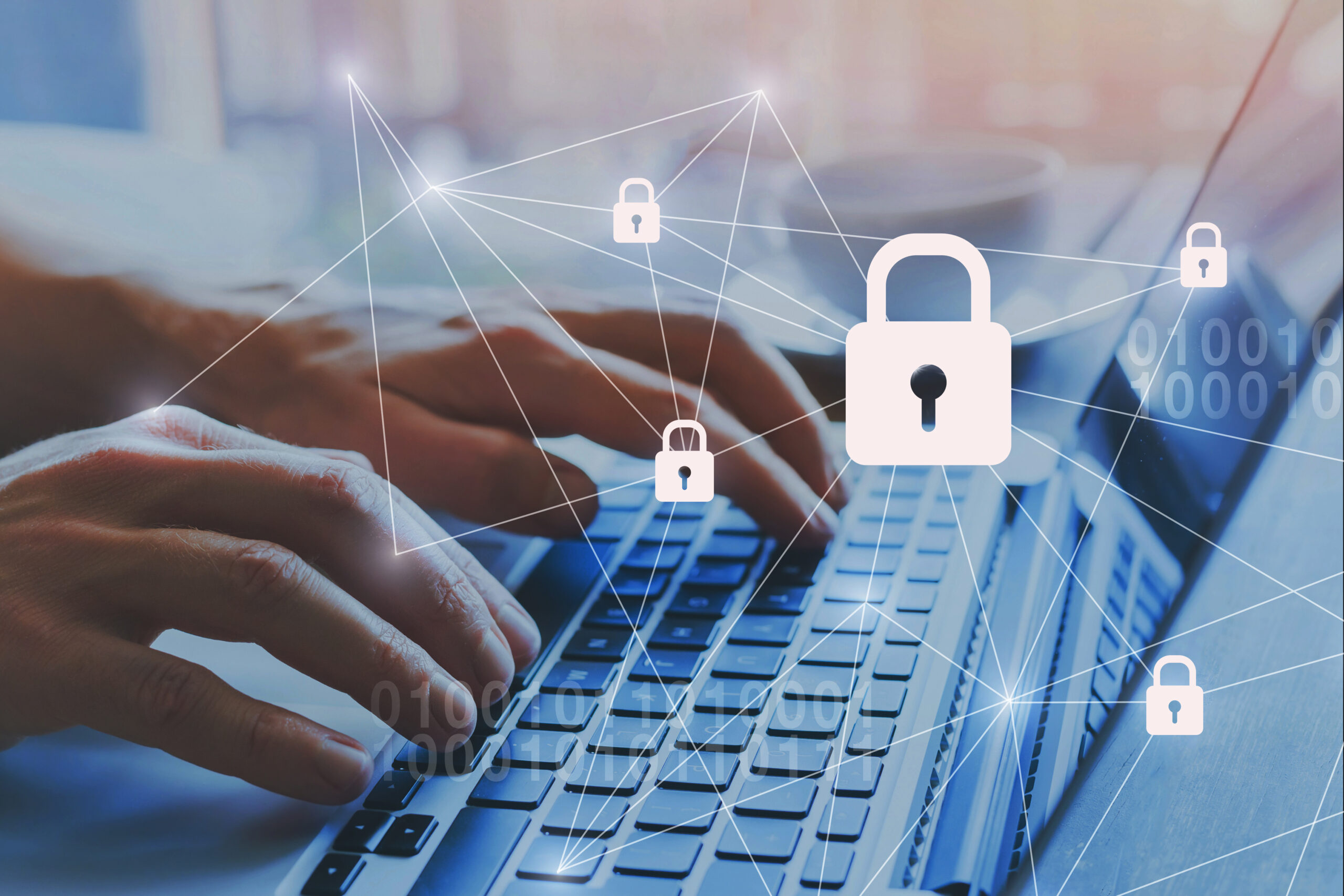Category: Blog
Over 75% of employees worldwide use video conferencing and collaboration tools every day. Platforms like Microsoft Teams, Slack, Zoom, and Google connect teams across regions, keep projects moving, and help businesses stay flexible.
As these platforms become more essential, they’re also becoming prime targets for cyberattacks. What once felt like a safe digital workspace is now an entry point for threat actors.
The Risk of Collaboration Platforms
Cybercriminals target collaboration tools to access to private conversations, documents, and sensitive data. One compromised account is often enough to cause damage. At the same time, platforms have failed to keep pace with growing threats. For example, Skype has become obsolete. WhatsApp faces growing vulnerabilities, yet many still use it for daily and professional communication. This lack of adaptation creates weak points that attackers can exploit.
Threats can take many forms. Attackers use stolen or reused credentials to take over accounts. In some cases, they bypass multi-factor authentication. Once inside, they spread phishing messages or shared files containing malware, making them look like part of a normal conversation.
Some attacks abuse third-party apps connected to the platform. An unsafe app can pull sensitive data or request permissions it does not need. Poorly configured sharing settings or insider misuse also expose information to unintended audiences. Ransomware is another risk, moving quickly through file exchanges and disrupting entire organizations. Even attendee lists from meetings give attackers names and emails they use for targeted follow-up scams.
In 2024, Disney experienced a breach of its Slack environment that exposed more than a terabyte of internal data, forcing the company to abandon the platform altogether. The incident revealed how quickly collaboration tools can become liabilities if not properly secured.
Consequences for Organizations
When collaboration platforms are breached, the effects can be felt across the business. Sensitive information may be exposed, and daily operations disrupted. Leaked data can also damage the organization’s reputation. These platforms are meant to make work easier, but without strong security, one incident can affect the whole organization.
Ensuring the Resilience of Collaboration Platforms
Collaboration platforms can only stay secure with a clear strategy. Organizations need:
- Strong identity and access management with multi-factor authentication, login monitoring, and least-privilege access
- Continuous monitoring and threat detection to flag suspicious activity early
- Governance and policies that clearly define what can be shared, which apps are allowed, and how external parties can collaborate.
- Regular security assessments to uncover vulnerabilities, misconfigurations, or excessive permissions
- Employee awareness and training so that staff can recognize phishing attempts and understand how to use collaboration tools securely.
Resilience requires technology, strong processes, and people who know the risks.
Securing Your Digital Workplace
Collaboration should drive innovation, not create risk. Trusted cybersecurity partners help organizations protect sensitive data, keeping digital workplaces secure.
At Hitachi Cyber, we combine Governance, Risk and Compliance (GRC) services with 24/7 Managed Security Services, including continuous monitoring and incident response. We help organizations detect threats early and respond fast. Partner with us to secure your collaboration platforms and transform them into a trusted environment for your business.


